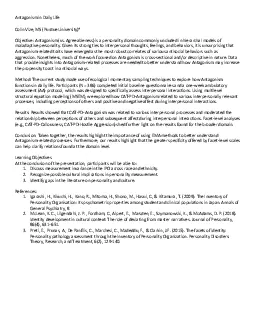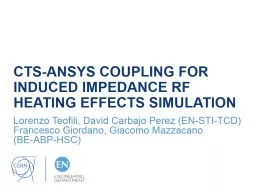PPT-TDIs and Competition Policy: Antagonism or Peaceful Co-Existence
Author : sadie | Published Date : 2024-01-29
Presentation at The Future of Trade Defence Instruments Global Policy Trends and Legal Challenges Conference Fran çoisCharles Lapr é vote March 31 2017 I EU
Presentation Embed Code
Download Presentation
Download Presentation The PPT/PDF document "TDIs and Competition Policy: Antagonism ..." is the property of its rightful owner. Permission is granted to download and print the materials on this website for personal, non-commercial use only, and to display it on your personal computer provided you do not modify the materials and that you retain all copyright notices contained in the materials. By downloading content from our website, you accept the terms of this agreement.
TDIs and Competition Policy: Antagonism or Peaceful Co-Existence: Transcript
Download Rules Of Document
"TDIs and Competition Policy: Antagonism or Peaceful Co-Existence"The content belongs to its owner. You may download and print it for personal use, without modification, and keep all copyright notices. By downloading, you agree to these terms.
Related Documents

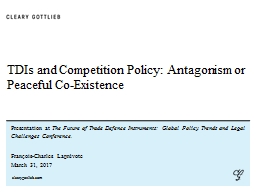
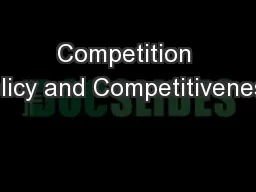
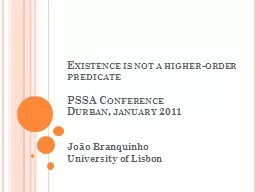


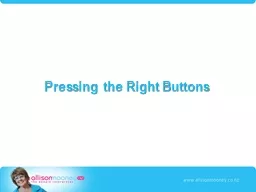

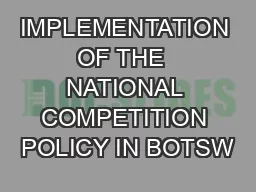


![sawawa / nice / peaceful / clean / fine / cool.] b). Nzuri / njema / s](https://thumbs.docslides.com/821662/sawawa-nice-peaceful-clean-fine-cool-b-nzuri-njema-s.jpg)
